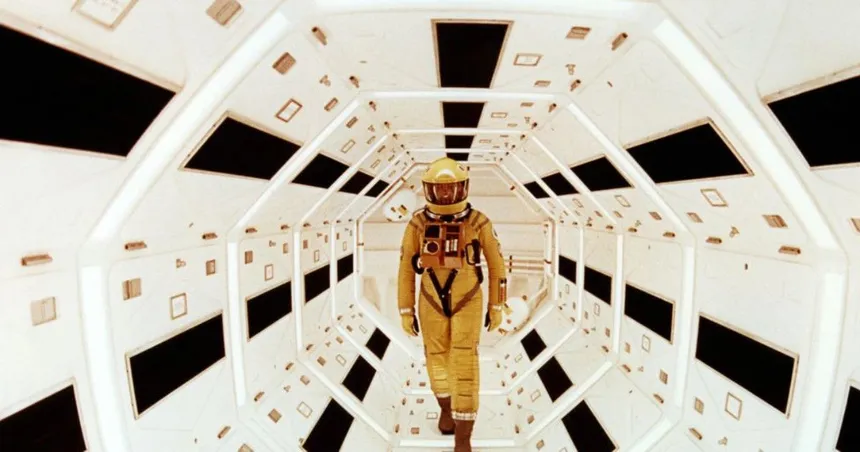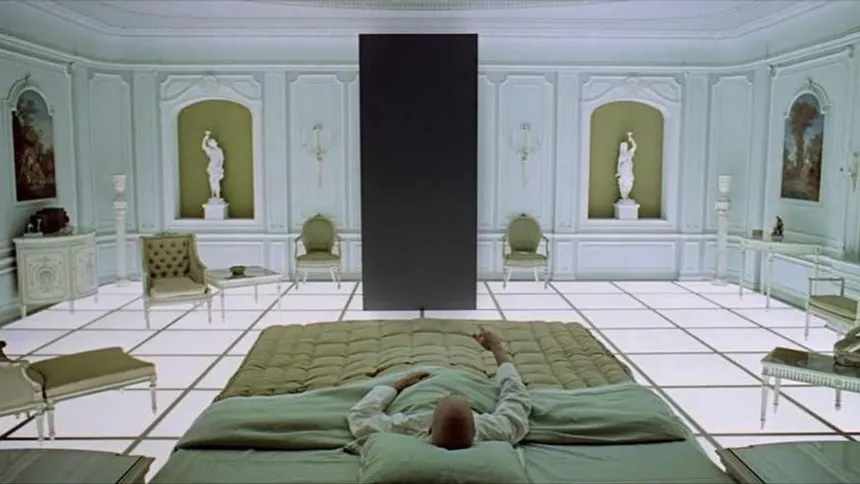As the lights in the theater dim, and the film’s opening credits roll, the question on everyone’s mind is usually one of anticipation and excitement. What will this movie be like? But for some films, that excitement turns to bewilderment, as audiences are left reeling from jarring endings, trippy visuals, and mind-bending plot twists. These movies are so unconventional, so challenging, and so thought-provoking that they leave viewers questioning what they just witnessed on the big screen.
“Being John Malkovich” is one such film. Directed by Spike Jonze, this 1999 comedy-drama delves into the world of celebrity obsession, as a group of strangers discovers a portal into the mind of the esteemed actor John Malkovich. The film’s climax, which features a surreal and bizarre encounter between the characters and Malkovich, is enough to leave even the most seasoned film buffs scratching their heads. As the movie’s protagonist, Craig Schwartz, played by John Cusack, navigates the complexities of his newfound connection to the actor, audiences are left wondering what exactly is going on, and how much longer they can keep up with the film’s zany plot.
Another mind-bending film is David Lynch’s “Eraserhead,” a 1977 surrealist body horror that follows a young man named Henry Spencer as he navigates a nightmarish world of industrial terrains, eerie sounds, and abstract visuals. The film’s storyline is intentionally vague, leaving audiences to piece together the fragments of a mysterious narrative. As Henry’s world unravels, the film’s visuals become increasingly disturbing, making it a viewing experience that is both haunting and unforgettable.

Stanley Kubrick’s 2001 A Space Odyssey (Image via Getty)
Stanley Kubrick’s “2001: A Space Odyssey” is another classic film that defies explanation. The 1968 science fiction epic is a masterpiece of visual storytelling, as it takes audiences on a journey through space and time. The film’s climax, which features a memorable sequence of abstract imagery and haunting music, is a testament to Kubrick’s innovative storytelling style. As audiences ponder the meaning behind the film’s mysterytic ending, they are left questioning the very nature of humanity and its place in the universe.
More recently, films like “The Tree of Life” (2011) and “Under the Skin” (2013) have pushed the boundaries of cinematic storytelling. Terrence Malick’s “The Tree of Life” is a poignant and fragmented exploration of one family’s journey through childhood, featuring stunning visuals and a haunting score. The film’s non-linear narrative, which jumps back and forth in time, leaves audiences grappling with the complexities of memory and human experience. Similarly, Jonathan Glazer’s “Under the Skin” is a thought-provoking sci-fi thriller that follows a mysterious alien as she navigates the streets of Scotland. The film’s surreal visuals and mysterytic performance by Scarlett Johansson leave audiences questioning what is real and what is imagined.
These mind-boggling movies are not for the faint of heart. They challenge our perceptions, push the boundaries of storytelling, and leave us questioning what we just witnessed on the screen. But for those who are willing to take the journey, these films offer a unique and unforgettable cinematic experience that will stay with them long after the credits roll.
























